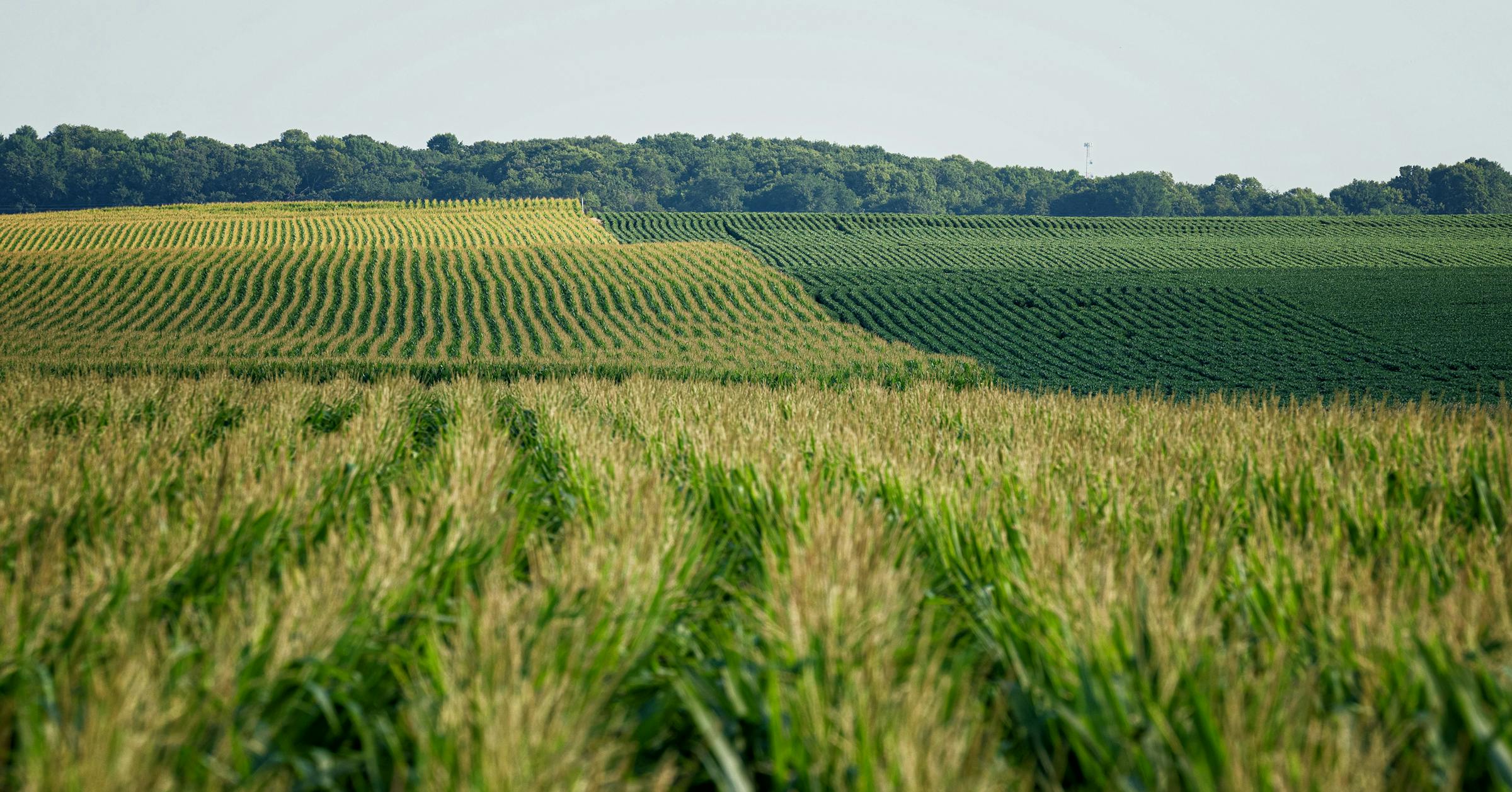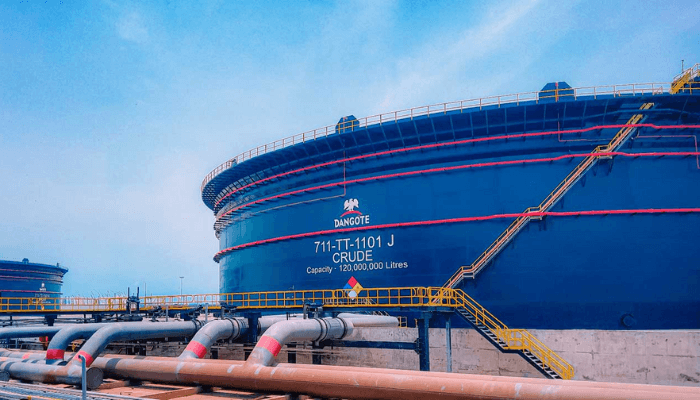
I am disappointed that the Star Tribune continues to give its columnist covering greater Minnesota, Karen Tolkkinen, significant space to disparage corn production in our state. Her Sept. 14 column was arguably her most critical yet, arguing that if we magically grew less corn, our problems would be solved. Simply put: The column lacked the unbiased, fact-based reporting and commentary that readers should expect from news media. It also felt like particularly bad timing, since farmers are struggling with the worst farm economy in decades. Given that Tolkkinen failed to provide the perspective of corn farmers, I would like to offer some insight.
• Tolkkinen says corn needs “tremendous” amounts of fertilizer. Fertilizer is the food that feeds our crops — much like food for our bodies, pets and gardens — and it replenishes the soil for future growth. Farmers have become more efficient with input use in recent decades thanks to advancements in ag technology, agronomics, concern for the environment and more. That’s allowed us to produce more on less land. Efficiency gains are celebrated in other industries. Why not recognize the strides made by farmers?
• Tolkkinen’s claim that a corn “monoculture” drives a decrease in habitat flies in the face of data from the Minnesota Board of Water and Soil Resources, which shows a 300,000-acre drop in cropland statewide since 2018. Switching to crops with no markets would require more land to meet our food, feed and fuel needs. Wildlife habitat does exist within the state’s agricultural landscape, thanks in part to more than 1 million acres enrolled in the Conservation Reserve Program, grassed waterways, buffers and more. In my south-central Minnesota region, I’m seeing more wildlife now than I ever did growing up — bald eagles, deer, turkeys, coyotes and more.
• Corn is a significant part of Minnesota’s agriculture industry — the nation’s fifth biggest for crops and seventh biggest for livestock. We’re blessed that we can share this agricultural abundance worldwide, including with Mexico, where demand for corn significantly outpaces domestic production. Canada and Mexico are the top export destinations for Minnesota corn and corn products. It is important for farmers that we create new global markets for our agricultural products.
• Corn ethanol saves drivers approximately $1.50 or more per fill-up; reduces greenhouse gas emissions by about 50% compared with petroleum, according to the U.S. Department of Energy; improves air quality, and reduces dependence on foreign oil. Each bushel of corn yields three gallons of ethanol and 17 pounds of dried distillers grains, which is a protein source for livestock feed.
• Crop insurance is a critical tool for managing the ups and downs of an unpredictable business landscape that includes extreme weather events — whether wet or dry — and wild fluctuations in commodity markets. It provides a financial backstop for all crop producers, not just corn and soybean farmers. Ultimately, markets determine what crops are planted.
• Tolkkinen’s suggestion to take acreage out of production and plant trees would likely result in fewer Midwestern farms and the expansion of crop production in more environmentally sensitive areas of the world. This would reduce local revenue and put more strain on local governments and school districts to provide services. Farmers are mentally geared to raise a crop. We don’t want to get paid not to plant.
Minnesota’s family farmers face the same challenges as our neighbors across the state, including rising costs of living and health insurance. To meet these challenges, we’ve scaled up our operations, added additional revenue sources such as livestock and sought off-farm employment. These actions allow us to maintain a quality of life that many families in urban environments enjoy. Current crop prices are equivalent to where they were in the 1980s. Not many families would be willing or able to live on income levels from 40 years ago.
We farmers are committed to implementing the latest technologies and best management practices to simultaneously improve and protect water quality. Bashing our farming practices and Minnesota’s agriculture system without offering solutions doesn’t help anyone and does a disservice to the entire state. We would encourage Tolkkinen and the Minnesota Star Tribune to take a more thoughtful, balanced approach to its coverage of agriculture and farming.



